Description
A pigment binder is a film-forming substance composed of long-chain macromolecules (often polymers) that binds pigment particles to a substrate. Unlike dyes, pigments are insoluble and require a binder to adhere to surfaces.
- Chemically, most binders are addition polymerization products, such as acrylics, polyurethanes, or polyvinyl acetate.
- They form a three-dimensional network when cured, encapsulating pigment particles and anchoring them to the material.
⚙️ Key Properties
- Adhesion: Ensures pigments stick to the surface.
- Film Formation: Creates a continuous layer that holds pigment.
- Flexibility: Prevents cracking or flaking.
- Durability: Resistant to water, UV, and abrasion.
- Transparency: Allows the pigment’s color to show through.
- Chemical Stability: Maintains integrity over time.
🧰 Uses & Applications
Pigment binders are used across industries where color needs to stay put:
| Industry | Application Example |
|---|---|
| Textiles | Pigment printing on cotton, polyester, etc. |
| Paints & Coatings | Wall paints, automotive coatings |
| Inks | Lithographic and screen printing inks |
| Plastics | Colored plastic products |
| Cosmetics | Eyeshadows, lipsticks |
| Food Packaging | Printed labels and wrappers |
In textile printing, binders are essential because pigments have no natural affinity for fibers. The binder fixes the pigment to the fabric, often using heat or UV curing.
✅ Advantages
- Versatility: Works on nearly all substrates—fabric, paper, plastic, metal.
- Color Fastness: Enhances resistance to washing, rubbing, and light.
- Eco-Friendly Options: Water-based binders reduce VOC emissions.
- Cost-Effective: Pigment printing with binders avoids post-washing steps.
- Design Precision: Enables sharp, vibrant patterns in printing.

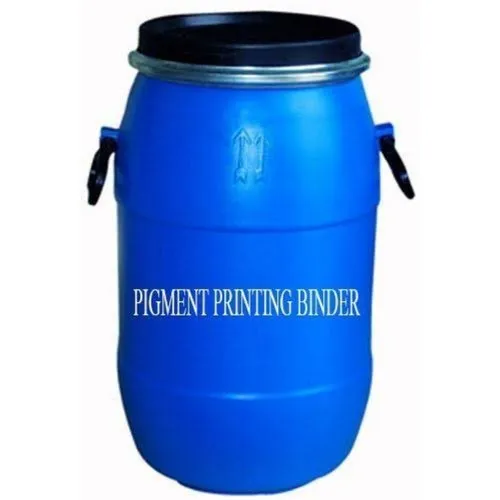
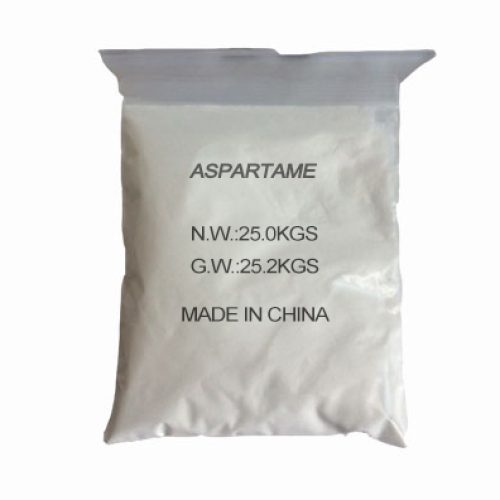
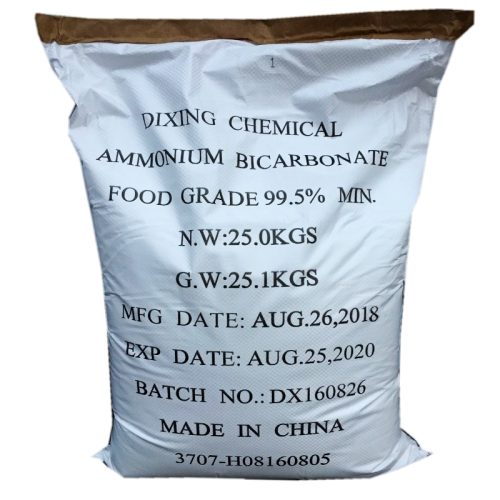
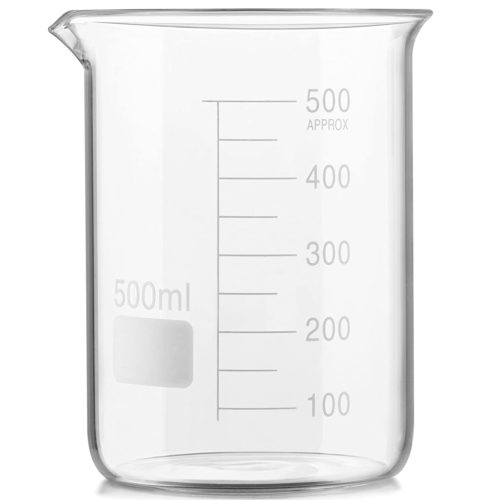
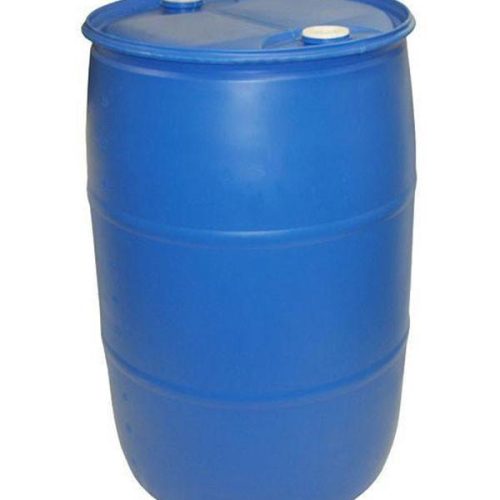
Reviews
There are no reviews yet.